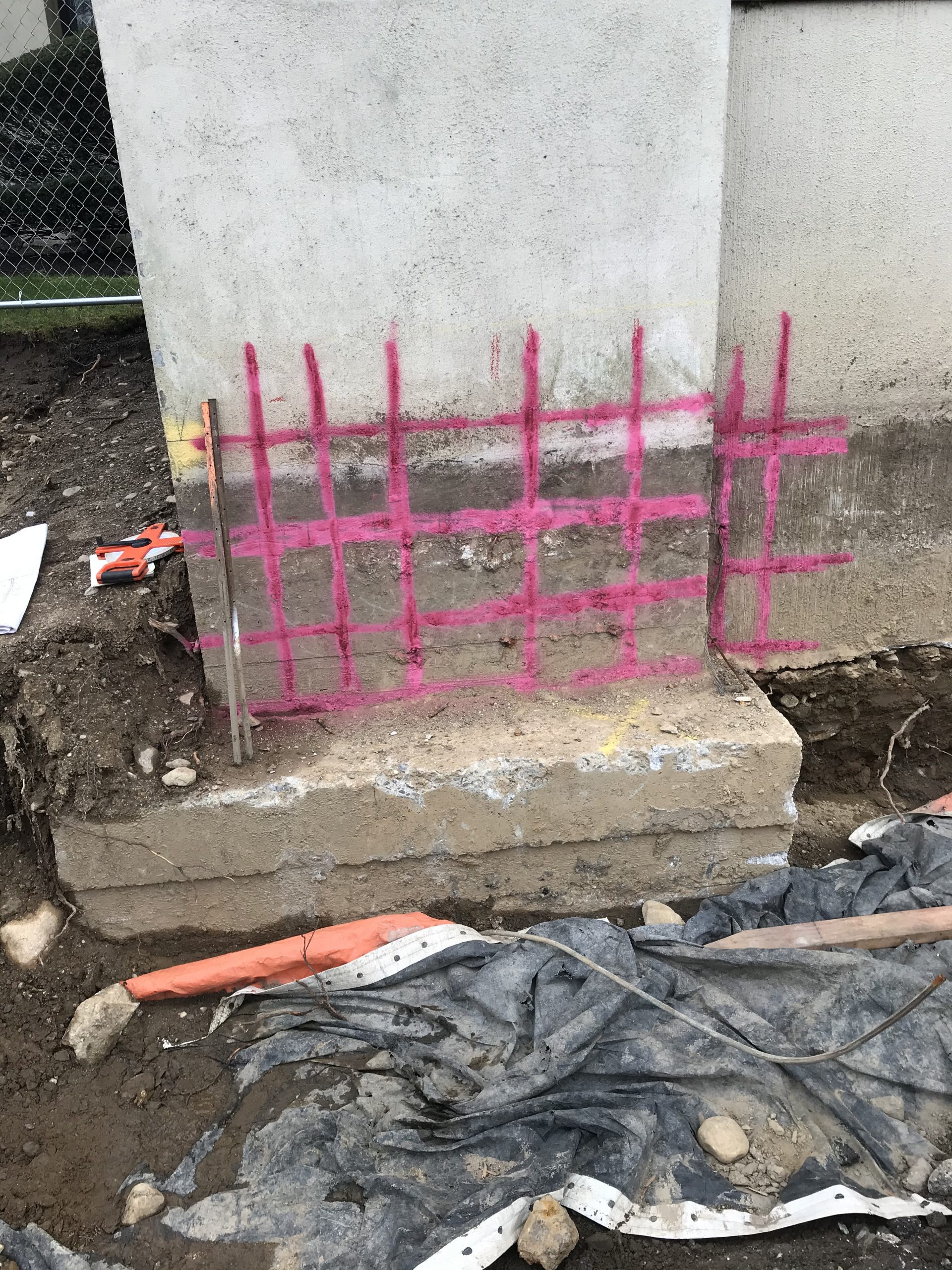Comprehensive Guide to Concrete Scanning Technologies
Comprehensive Guide to Concrete Scanning Technologies
Blog Article
Reveal the Transformative Power of Concrete Scanning in Maximizing Efficiency and Safety And Security
Concrete scanning has arised as a critical tool in the construction market, supplying exceptional benefits in improving project performance and making sure safety and security requirements. The transformative power of concrete scanning exists in its ability to supply real-time information and thorough understandings, revolutionizing how projects are prepared and carried out.
Significance of Concrete Scanning
Ensuring the structural honesty and security of building projects begins with the essential action of carrying out extensive concrete scanning. Concrete scanning is a non-destructive method utilized to spot and map subsurface elements within concrete frameworks.
In addition, concrete scanning helps in maximizing task timelines and budget by staying clear of unexpected costs and delays that might arise due to unforeseen blockages within the concrete. Inevitably, investing in complete concrete scanning is an aggressive method that improves both effectiveness and security in construction tasks.
How Concrete Scanning Functions
Concrete scanning operates as an essential device in construction tasks by utilizing advanced technologies to detect and map subsurface components without triggering structural damages. Ground Permeating Radar (GPR) and Electromagnetic Induction (EMI) are two key techniques used in concrete scanning. GPR jobs by emitting high-frequency radar pulses right into the surface, which recover when they come across subsurface objects or gaps. The moment taken for the signal to return shows the deepness and location of the items. EMI, on the other hand, uses magnetic fields to identify variances in product compositions, such as recognizing rebar or channels within concrete structures.
Throughout the scanning procedure, the information collected is evaluated in real-time, enabling instant recognition of possible threats or barriers beneath the surface. By employing these advanced innovations, concrete scanning significantly reduces the danger of expensive damages and injuries on building sites.
Benefits of Concrete Scanning
Utilizing sophisticated scanning modern technologies in building and construction tasks supplies a plethora of benefits, boosting both efficiency and safety on-site. One of the primary advantages of concrete scanning is the capability to spot and locate embedded things such as rebar, post-tension cords, and channels accurately. By recognizing these components before drilling or reducing right into concrete structures, the threat of unintended strikes is substantially minimized, avoiding potential injuries to workers and damages to the framework itself. Concrete scanning aids in planning and making a lot more successfully, as it offers precise details about the area and deepness of structural parts.

Study: Concrete Scanning Success

In one more situation, a building firm made use of 3D concrete scanning to evaluate the condition old concrete structures in a historical building. The thorough scans offered beneficial insights right into the level of deterioration and aided prioritize upkeep efforts successfully. By proactively dealing with locations of issue determined through scanning, the business was able to extend the lifespan of the framework and make sure owner security.
These study highlight the transformative power of concrete scanning in improving effectiveness, accuracy, and security in building tasks.
Applying Concrete Scanning in Projects
Applying go to the website advanced scanning technologies during construction jobs has actually come to be significantly crucial for boosting accuracy and safety. By incorporating concrete scanning into project planning and execution, building and construction teams can recognize potential dangers, such as rebar or post-tension cables, hidden within concrete frameworks. This aggressive method lessens the danger of accidents, delays, and expensive rework, inevitably causing a lot more efficient task timelines and spending plans.
To carry out concrete scanning efficiently, project managers ought to work together closely with experienced scanning professionals to identify one of the most ideal scanning techniques for the particular project demands. Engaging scanning experts from the onset of a project allows the group to produce detailed scanning plans that resolve essential areas of worry and guarantee detailed information collection.
Additionally, incorporating concrete scanning right into normal project operations can simplify decision-making procedures, as real-time check information offers prompt understandings right into the problem of concrete structures - Concrete Scanning. This data-driven strategy helps with informed problem-solving and allows groups to make modifications promptly, fostering a culture of efficiency and security throughout the job lifecycle

Verdict
In conclusion, concrete scanning plays an essential role in improving performance and safety and security in construction jobs. By using innovative technology to map and find out underlying frameworks within concrete, this procedure helps to stop expensive errors, make sure architectural honesty, and decrease risks on site. With the ability to discover concealed aspects and give exact information, concrete scanning confirms to be a valuable device for optimizing task end results and taking full advantage of general success.
Concrete scanning is a non-destructive method used to spot and map subsurface elements straight from the source within concrete structures. Additionally, concrete scanning helps in optimizing task timelines and spending plan by staying clear of unanticipated prices and hold-ups that may occur due to unexpected obstructions within the concrete. One notable instance research involves a large-scale remodelling job where concrete scanning played a vital function in guaranteeing project success.In another instance, a building business utilized 3D concrete scanning to analyze the problem of aging concrete frameworks in Bonuses a historical building. By incorporating concrete scanning right into project preparation and implementation, construction groups can determine potential hazards, such as rebar or post-tension wires, concealed within concrete structures.
Report this page